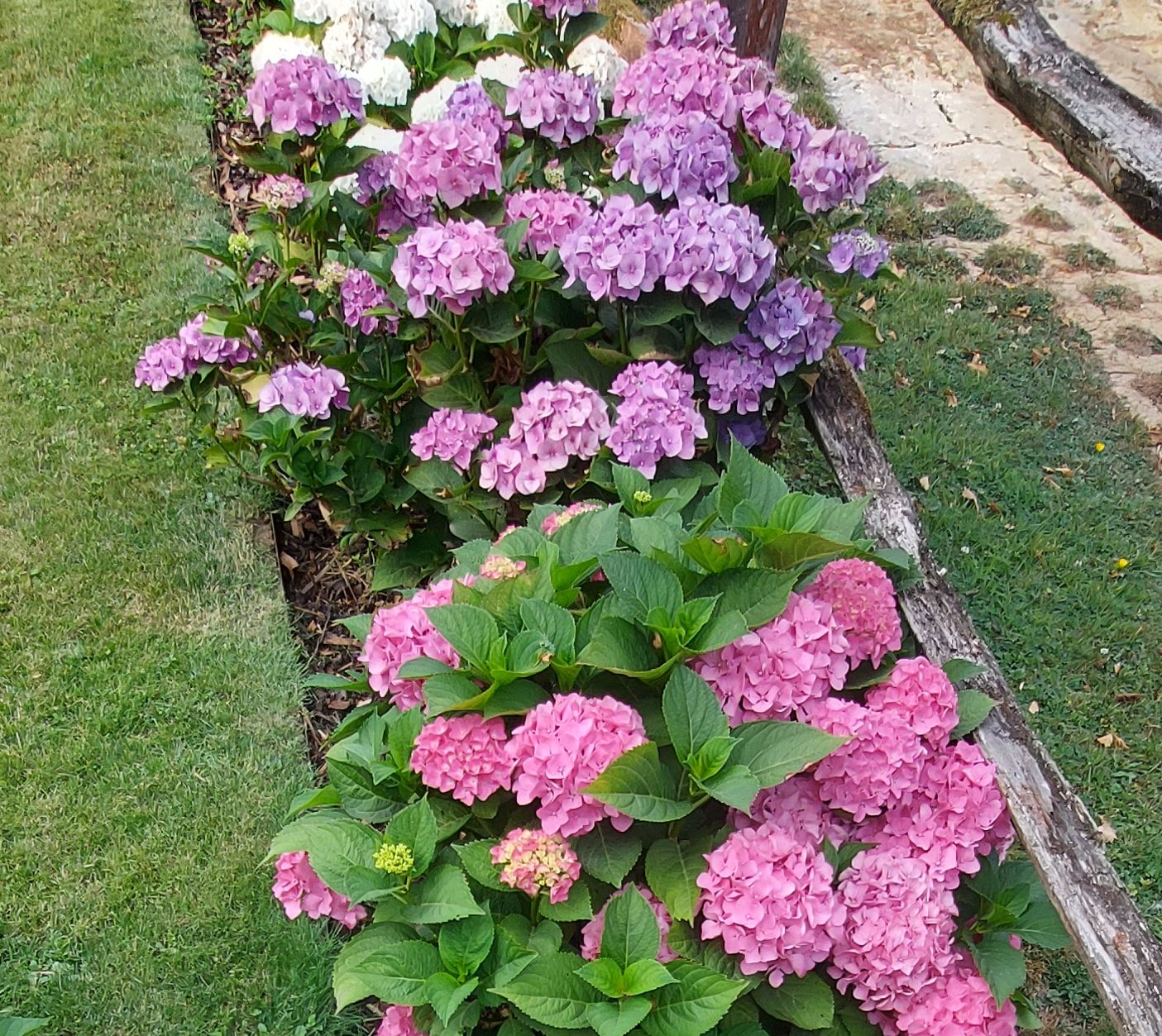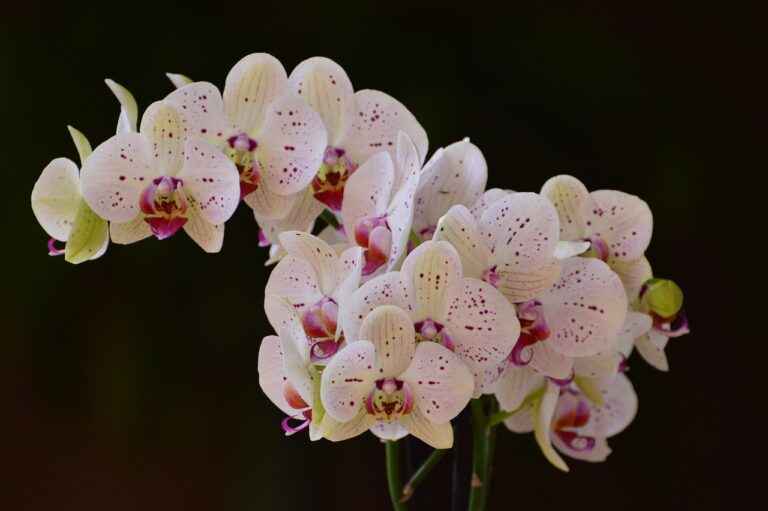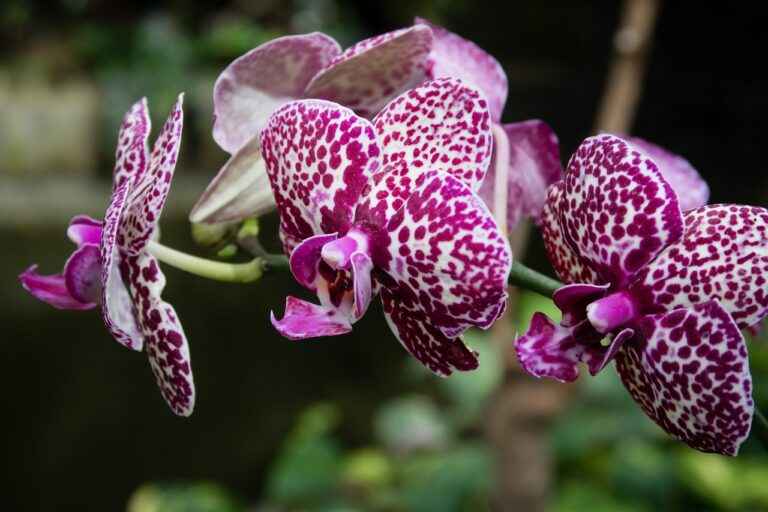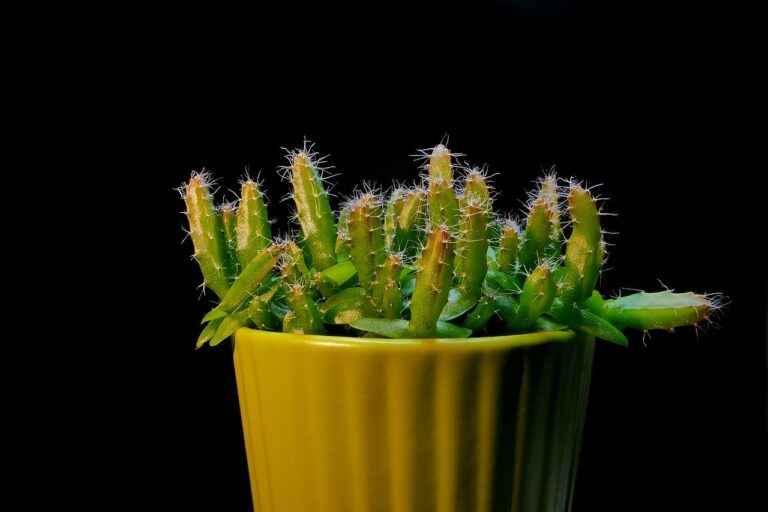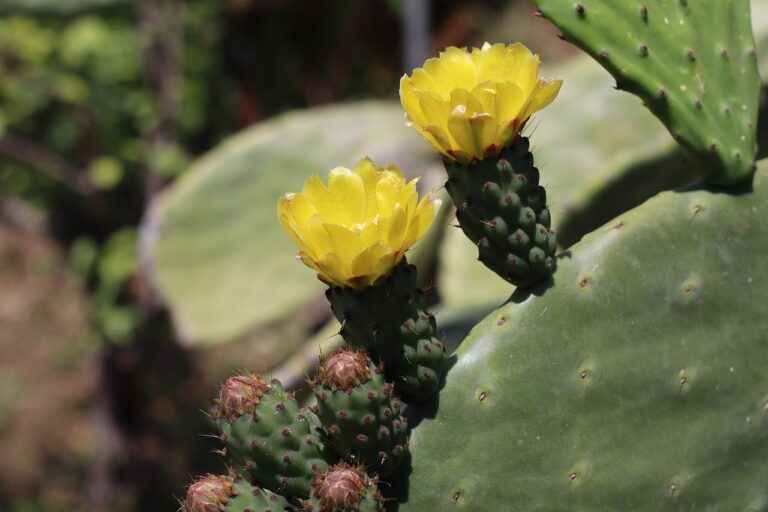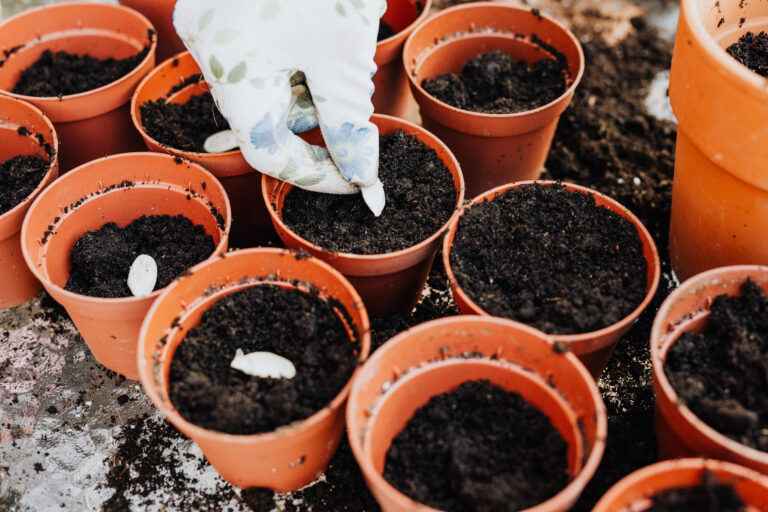Hydrangeas – types, requirements, care
Hydrangeas are very popular plants that owe their fame primarily to their beautiful appearance.
The name hydrangea – in Latin means a container for water …
This is unquestionably true of hydrangeas, which suffer from drought and need watering in hot weather.
There are also legends that the name hydrangea comes from the name of a Japanese princess. These plants come from Asia – from Japan, China and Korea.
Hydrangeas are famous for their very attractive flowers that surprise with their size, color and structure. Hydrangea flowers are actually large inflorescences, composed of smaller flowers. They differ in shape depending on the species.
Not every gardener realizes that there are several species of hydrangeas, and among them there are many varieties.
The basic species of hydrangeas that can be found in our gardens are:
- garden hydrangeas
- serrated hydrangeas
- bouquet hydrangeas
- oak-leaved hydrangeas
- climbing hydrangeas
Habitat requirements and care also depend on the type of hydrangea.
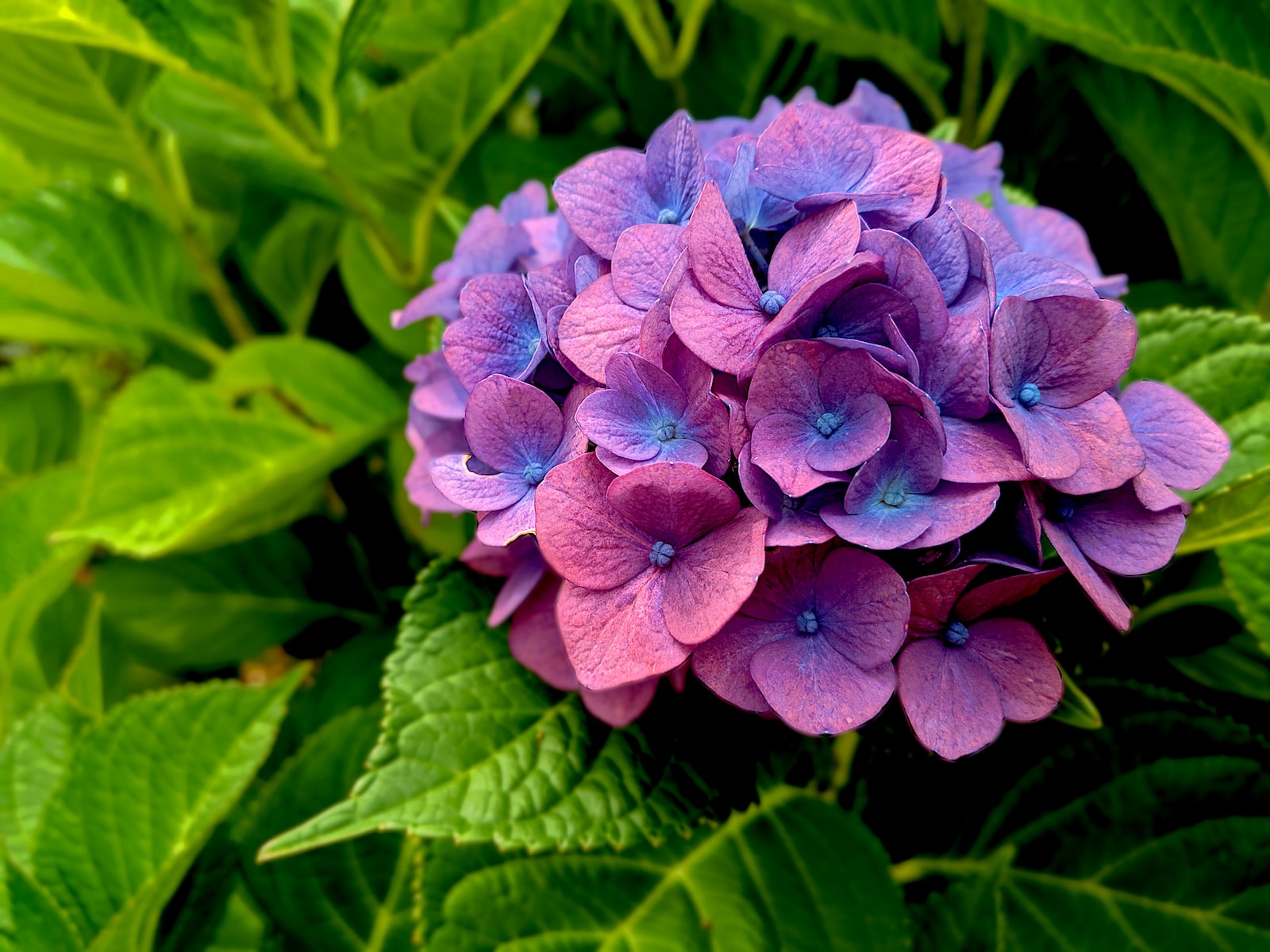
The variety of hydrangeas is so large that thanks to them we can arrange every zone in the garden – from the most shady to the sunny one.
However, it is worth noting at the outset that hydrangeas are quite capricious plants, and some are also demanding. Fortunately, among their representatives there will also be easy-to-grow species that, once planted, grow perfectly.
Garden hydrangeas – appearance
Garden hydrangeas are shrubs reaching a height of about 1.5 meters. Their habit can be spherical, compact or spreading – depending on the species, the weight of the flowers, the method of pruning.
The leaves of the garden hydrangea are dark green, ovate, with serrated edges, rough.
The most characteristic are the flowers, which are spherical, large, the diameter of some varieties is up to 30 cm! Sometimes the shoots of the hydrangea bush lie to the ground because they are not able to bear the weight of the flowers, especially after a rain.
The color of hydrangea flowers varies depending on the variety – it can be white, pink, blue, purple.
How to change the color of garden hydrangea flowers?
The color of garden hydrangea flowers can be changed by affecting the pH of the soil on which the plant grows.
Blue and purple flowers will be obtained on acidic soil, and pink on alkaline soil.
However, it is not easy, and it does not apply to all varieties. It’s best to experiment with your plants.
Garden hydrangeas, due to the structure of the inflorescence, can be divided into 2 types:
- large-flowered hydrangeas, with full and large inflorescences,
- lace hydrangeas, where inflorescences consist of fertile and sterile flowers
Garden hydrangeas – place
Garden hydrangea grows best in a sheltered, warm position, but in partial shade. The substrate should be fertile, with an appropriate reaction, and retaining moisture, as these plants do not like drought.
Garden hydrangeas – care
The most important procedure that must be performed with garden hydrangeas is pruning.
Prune after flowering so that new shoots have time to harden before winter. The plant blooms on last year’s shoots, so it is necessary to ensure abundant flowering in the following year.
How to prune a garden hydrangea?
Make the cut carefully, just below the faded inflorescence. Remember that the buds of future flowers form in August, we cannot damage them. We also do not cut out whole shoots, because in this way we will remove bud buds for the next season.
It will also be necessary to cover the garden hydrangea thoroughly for the winter, as it likes to freeze. If the flower buds freeze in winter, they will not bloom in summer.
It is best to cover the base of the plant with a mound of leaves, grass, straw, and cover the branches with a coniferous plant or agrotextile.
In spring and summer, remember to control soil moisture and water during hot weather. Water it with rainwater or settled water. Preferably in the evening.
In spring, we can feed with manure, sprinkle with peat to acidify the substrate, or feed with magnesium sulfate. In order for the plant to bloom nicely, in the summer we feed it with fertilizer for hydrangeas, stimulating flowering.
Garden hydrangea flowers look perfect in a vase, even as dried flowers. These plants can also be successfully grown in pots, on the terrace, balcony or in a cooler porch.
Serrated Hydrangea
A variety of garden hydrangea is the serrated hydrangea.
The serrated hydrangea grows up to 150 centimeters and reaches a width of about 50 – 60 cm. The plant has stiff shoots, the leaves are dark green, stiff, serrated, mossy on the underside. The inflorescences are very impressive, thanks to the combination of sterile and fertile flowers.
Their size is not large – about 20 centimeters, but they make an impression! The colors of flowers on one plant can be different in individual inflorescences – most often they are pink, purple, purple and cream.
Flowering occurs from June to October.
The color of the flowers of the hydrangea can also be changed by controlling the pH of the soil.
The serrated hydrangea requires fertile, slightly moist, humus soil with a slightly acidic or neutral reaction. It grows well in any position – both sunny and semi-shady and shady.
The serrated hydrangea requires watering in hot weather, and fertilization in the period from spring and during flowering.
It is relatively resistant to frost.
Bouquet hydrangea – appearance
Bouquet hydrangea differs in that its inflorescences are conical. Composed of small flowers, they form a cone of considerable size.
These flowers can be white, cream, pink. Flowers often change color during flowering, initially white and even greenish-white, changing to cream or pink.
Flowering occurs in summer and autumn, some varieties repeat flowering.
Hydrangea leaves are green, but their shade is lighter than that of garden hydrangeas. Egg-shaped, entire margins.
The bouquet hydrangea is taller than its predecessor, reaching up to 200 centimeters in height.
Bouquet hydrangea – habitat requirements
Bouquet hydrangea grows well in sunny positions, it may bloom less in partial shade.
The soil should be fertile, slightly acidic and rich in humus. Preferably one that retains moisture slightly and does not dry out quickly.
Bouquet hydrangea is frost-resistant, so we don’t have to worry about it in winter. It will work in any garden. We can also successfully plant it on the terrace or balcony, in a pot. A perfect solution will be pots with an irrigation system that will take care of the water requirements of hydrangeas. It is often planted in the company of water reservoirs.
Bouquet hydrangea – care and cutting.
Bouquet hydrangea has lower habitat and care requirements. It needs pruning, which we do in March, before the leaves appear.
Flowering depends on the method of pruning:
- if we cut the plant hard, leaving a few strong shoots, the flowers will be large, but there will be fewer of them
- if we prune the plant gently, leaving many small shoots, there will be a lot of flowers, but they will be smaller.
Watering during the greatest heat will also be important for the bouquet hydrangea. Water in the evening with rainwater or settled water. From spring to the end of summer, it is worth supplying the plant with fertilizer for hydrangeas, which will extend the flowering time and make more flowers.
Bouquet hydrangea does not require covering for the winter.
Oak-leaved hydrangea
Oak-leaved hydrangea is a plant growing up to 1-1.5 cm. They are decorated not only with flowers, characteristic of bouquet hydrangeas, but also with leaves.
The leaves of the oak-leaved hydrangea are heavily cut, turning red and maroon in autumn. The flowers appear in summer, are white in color, and in autumn, after drying, they are still attractive.
The oak-leaved hydrangea grows best in partial shade, in a secluded position, in fertile, humus soil. Oaken-leaved hydrangea can freeze, so it needs to be covered for the winter.
Climbing hydrangea
Climbing hydrangea is an interesting plant that can reach a height of 20 meters – it climbs up the supports, delighting us not only with its delicate flowers, but also with its leaves and bark.
Climbing hydrangea, thanks to adventitious roots, climbs walls, walls, trees, fences.
The climbing hydrangea is perfect for shady corners of the garden
Hydrangea inflorescences form delicate umbels, surrounded by fertile flowers on the outside and filled with greenish fertile flowers inside. They are surprising and unique!
The leaves of the climbing hydrangea are glossy, dark green. It blooms from June.
The bark, on the other hand, has a red tint, it peels off slightly, thanks to which it looks interesting even in winter.
Climbing hydrangea grows best in the shade. The position should be secluded, the substrate moist, fertile, humus.
After planting, the plant grows slowly for the first few years, accelerating when it develops the right mass of roots.
The plant is resistant to frost, pests, does not require pruning.

